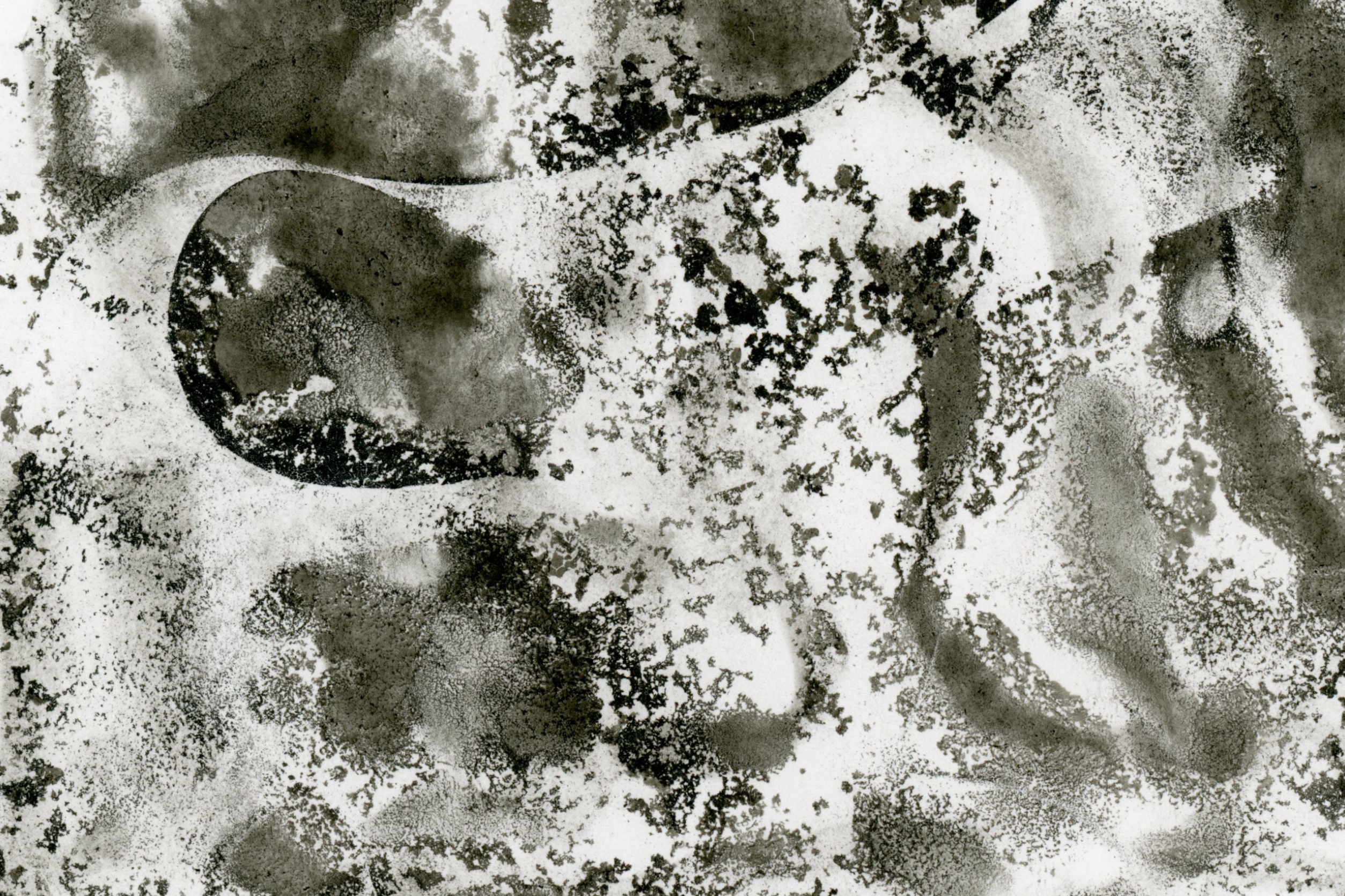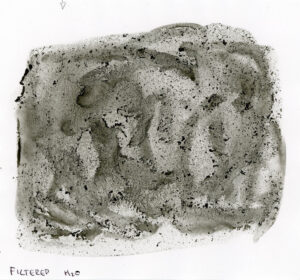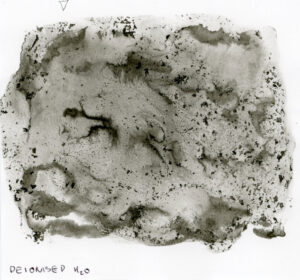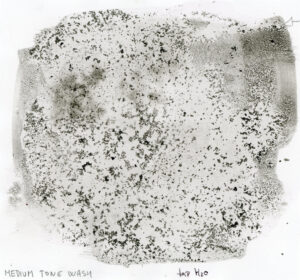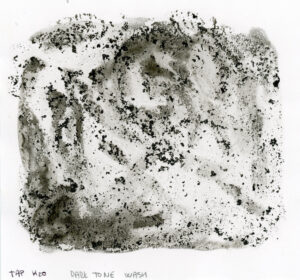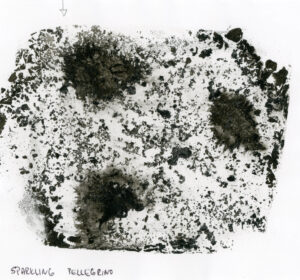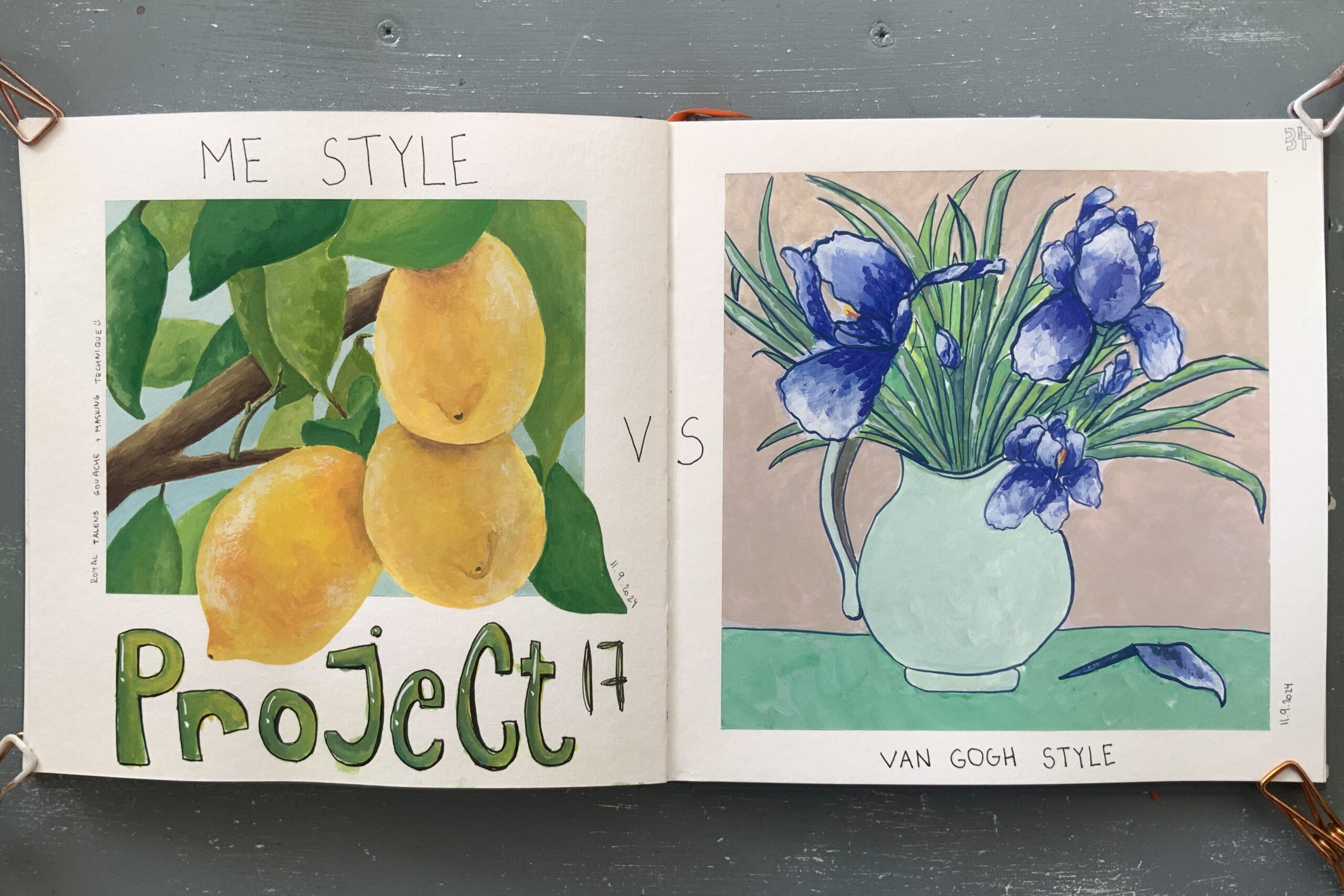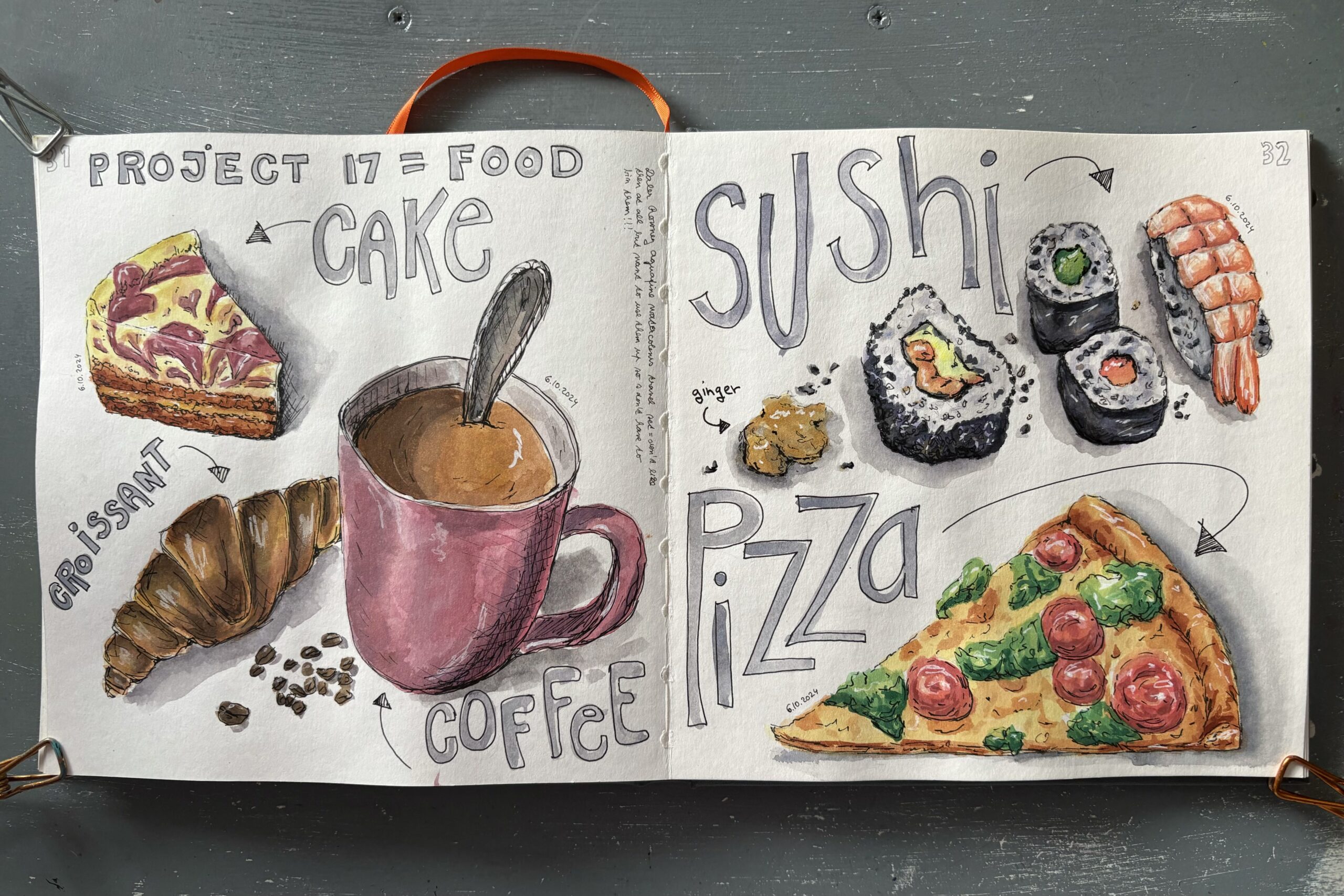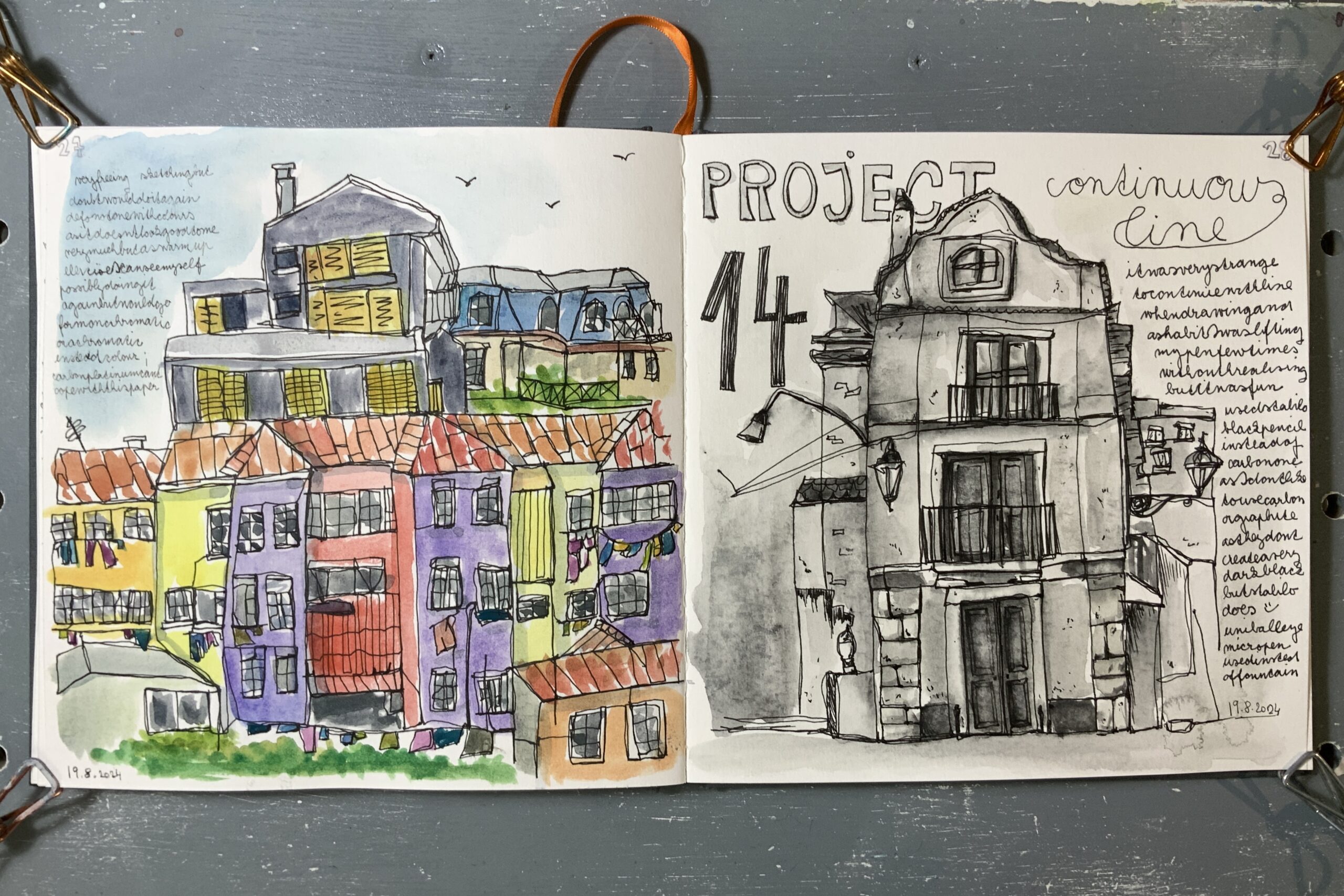Indian Ink Curdling Properties Close-Up
You may have noticed that your ink curdles, separates into curds or lumps, sometimes when you mix it with water. It almost looks like small flakes and always reminds me of Engevita, a nutritional yeast flakes, only a little smaller. Curdling usually happens when you use black Indian ink or ink containing shellac.
The Big Question is, is curdling good or bad?
My ultimate answer would be: It depends.
If it happens to you on purpose, then it is a good thing. You can create various very interesting textures looking like stones, caves, galaxies, universe and many more. Your imagination is the limit.
If it happens to you by accident, as it has happened to me once or twice, then it is bad. I was not expecting it, it had ruined my plans for my painting and was wondering if my ink was old and/or too cheaply made.
What if …
you would like to make ink curdle intentionally and you don’t know how, and nothing works.
There are a few things you need to keep in mind. Curdling is caused by a chemical reaction between shellac and chemical compounds of water. Shellac is a natural binder that ensures your ink dries waterproof and it gives your ink a silky appearance.
So, first of all, you need to have ink that contains shellac. Some manufacturers will let you know if that is the case in a product description or on a product label. If there is no such information, then do some testing on your own.
Second, you need water. It has been said that distilled water will not cause curdling, so you want to avoid distilled water if you are after the curdling effect. On the other hand, if you would like to avoid curdling, you may want to try it. I’ve not tried it myself, so can’t vouch for it though.
You also may consider various types of water. I was super curious about what level of curdling I could achieve with different types, so I did some testing myself to find out.
The third aspect you want to consider is the technique of applying your ink to paper. During my testing, I found out that even though my inks contained shellac when applied WET-ON-DRY the curdling was so minimal that I would not have noticed unless I inspected my artwork carefully.
When the ink was applied WET-ON-WET, the curdling effect was just amazing. The best and fastest curdling happened when I used sparkling San Pellegrino mineral water. I was able to control the level of curdling by the amount of water applied and the time I spent agitating the wet surface. The more water and longer time to agitate the surface the greater the curdling effect occurred.
Various types of water create different effects
- dechlorinated – tap water left sit in an open container for about two weeks
- deionised – store bought plain water for steam irons
- filtered – tap water filtered through Brita Water Filter Jug
- rain – yes, you’ve read correctly. I’ve collected rain water for this experiment
- sparkling mineral – Sparkling San Pellegrino
- tap – I live in an area with very hard tap water and did the test samples with dark and medium ink wash created by diluting ink in tap water beforehand
For my testing I used Jacksons Art Indian Ink and Fabriano Academia 200 gsm cartridge paper.
Affiliate Links Disclosure
This site uses affiliate links, which means that I earn a commission from qualifying purchases, at no extra cost to you, if you click on links that I recommend. I only recommend products
I use myself.
